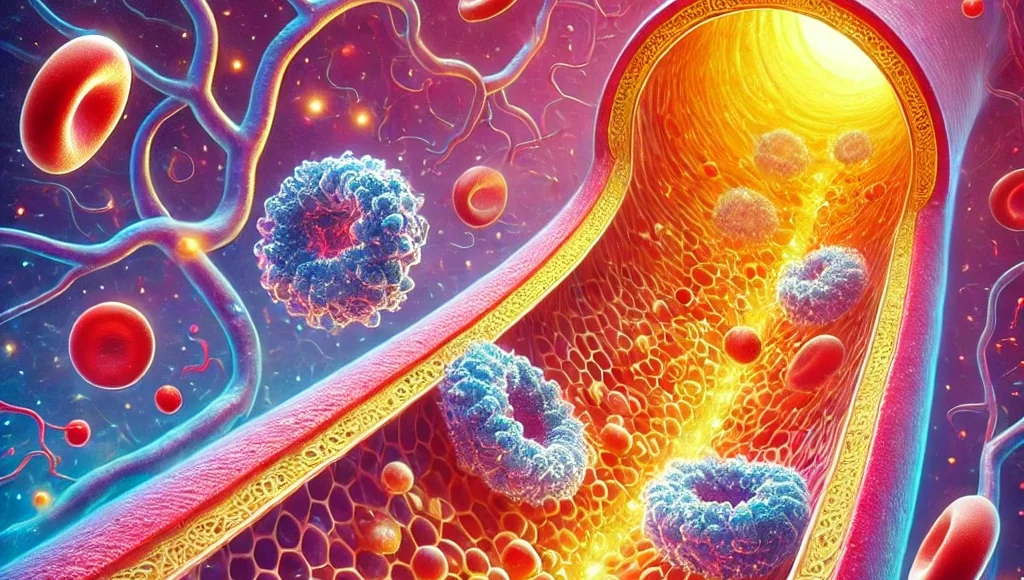Electronegative Low-Density Lipoprotein (L5) and Cardiovascular Disease Risk
Electronegative Low-Density Lipoprotein (L5) and Cardiovascular Disease Risk

What is Low-Density Lipoprotein (LDL)?
Low-Density Lipoprotein (LDL), often referred to as "bad cholesterol," is a type of lipoprotein in the blood responsible for transporting cholesterol produced by the liver to various cells throughout the body. However, different subtypes of LDL have varying impacts on health. Among them, Electronegative LDL (L5) is of particular concern due to its higher pathogenicity.
What is Electronegative Low-Density Lipoprotein (L5)?
Electronegative Low-Density Lipoprotein, also known as L5, is a subgroup of LDL. Compared to other subtypes, L5 has a stronger negative charge on its surface. This increased negative charge is primarily due to modifications such as oxidation, glycation, and carbonylation, which cause changes to the proteins and phospholipids on the surface of LDL.
Pathogenicity of Electronegative LDL
Physiologically, L5 activates macrophages, causing them to become foam cells, which leads to an inflammatory response in the blood vessels and ultimately results in the formation of blood clots/ thrombosis. Studies have shown that the percentage of L5 is closely associated with the occurrence of diseases such as atherosclerosis, myocardial infarction, and stroke.
The True "Bad Cholesterol"
Therefore, Electronegative LDL is considered the true "bad cholesterol." Clinically, L5 can serve as a potential biomarker for assessing cardiovascular disease risk. As a highly modified LDL subtype, L5 has a stronger pro-atherosclerotic effect, making it an important target in cardiovascular disease research.
L5 Measurement
Currently, the method for measuring L5 is relatively complex. However, patented technologies allow for the quick and accurate analysis of the percentage of L5 within LDL.
How to Lower L5 Levels?
- Dietary Adjustments: Reduce the intake of saturated and trans fats, while increasing the consumption of foods rich in fiber and unsaturated fats.
- Exercise: Regular physical activity helps improve cholesterol metabolism.
- Medications: Use cholesterol-lowering medications as recommended by a doctor.
Conclusion
The study of Electronegative LDL is a key area in cardiovascular disease research. A deeper understanding of the mechanisms behind L5 formation and its biological effects is crucial for the prevention and treatment of related diseases.

